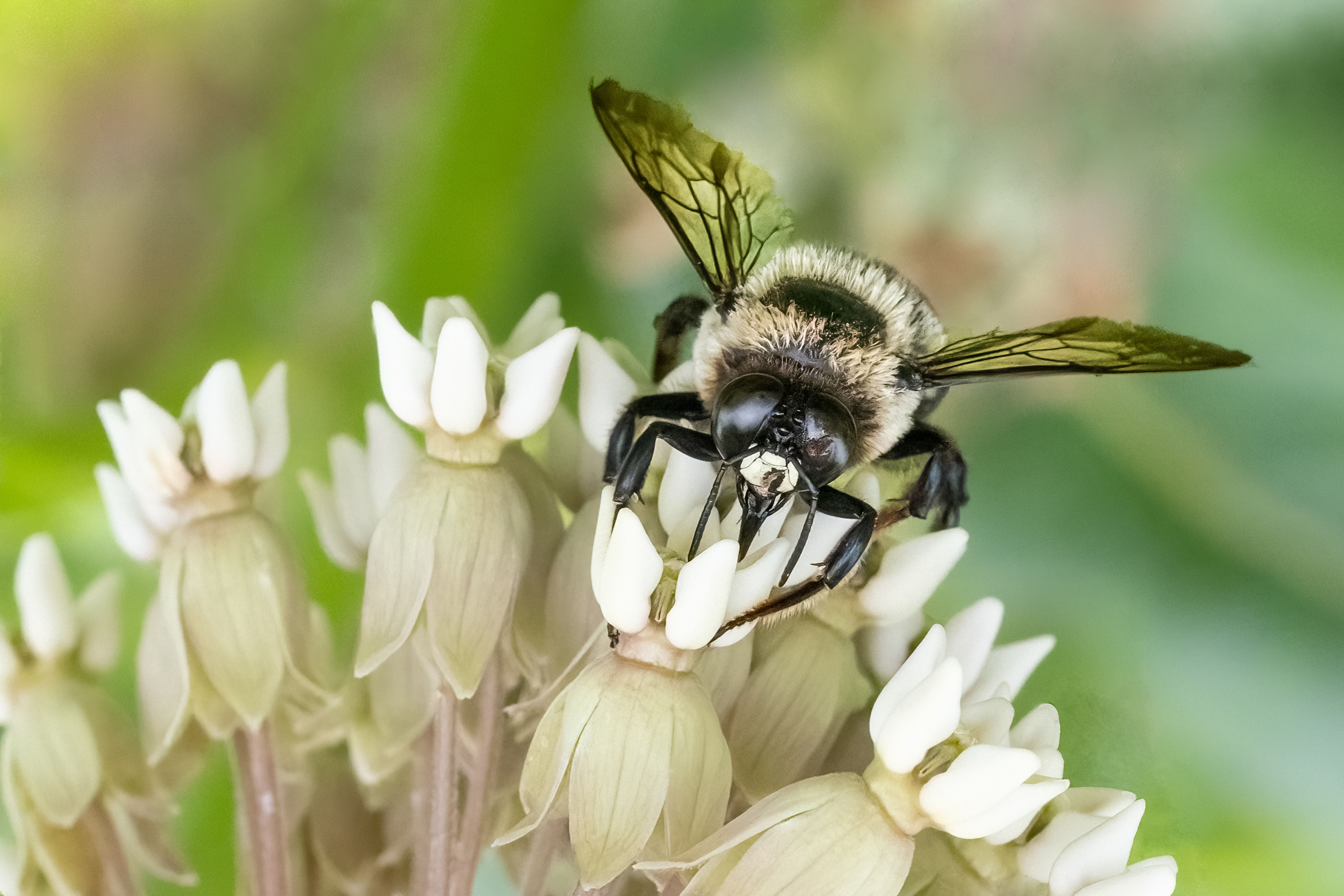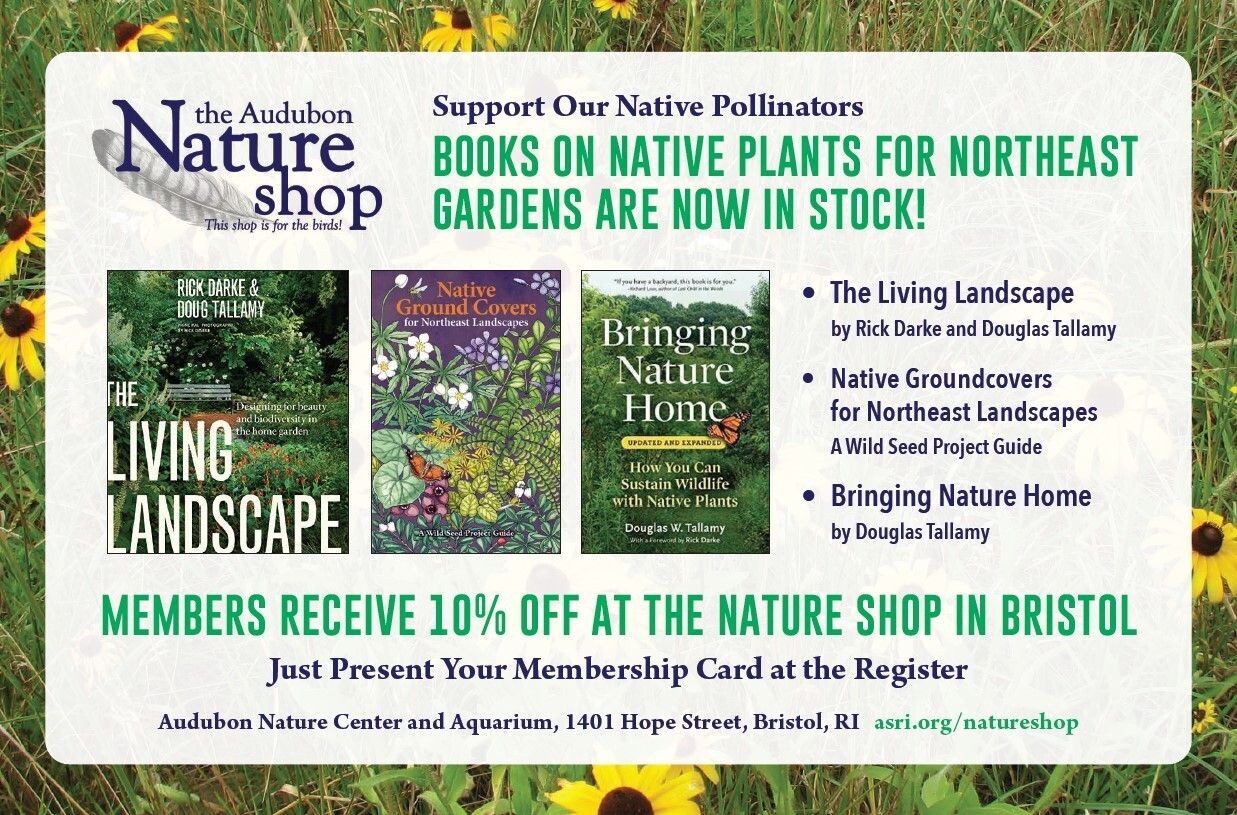
Susie Dorr
Published March 10, 2023
Spring Garden Inspiration: Restoring Habitat for Native Pollinators
By Katie Schortmann, Audubon Garden Coordinator / Environmental Educator
Watching juncos hop along the ground under the bird feeders leaves plenty of time to enjoy the stillness of winter. This inner season is a built-in reflection period of the calendar year. New hobbies will start, and resolutions will be made and forgotten, but one thing that does not change is our reliance on nature to heal us year-round. Gardening is a kind of natural therapy for many, and it provides us with a chance to give back to nature in a unique way.
Seventy-eight percent of land in the United States is private property and over 40 million acres of that is lawn (Milesi et al. 2005). Lawns are ecological deserts, creating a monoculture with little to no food for wildlife. Every garden is an opportunity for us to rethink our manicured yards and consider restoring habitat for native plants and wildlife. But where to begin?
STEP 1: LEARN!
Educate yourself and those around you about the importance of wild pollinators. The Xerces Society website has many resources on managing land for pollinator conservation. Learn how to properly manage your garden for pollinators, protect overwintering insects, maintain hygienic bug hotels and more. Doug Tallamy’s books Bringing Nature Home and Nature’s Best Hope - were sources of inspiration for the Palmieri Pollinator Garden at the Audubon Nature Center and Aquarium. They are a wonderful jumping-off point for those new to gardening for wildlife.
STEP 2: DREAM BIG!
While turning a half-acre lawn into a pollinator garden is a worthwhile endeavor, not everyone has the resources for a project of that scale. “Dreaming big” could mean joining a local gardening group, talking to your neighbors about the danger of pesticides, or convincing your HOA to think differently about its landscaping practices. Even putting a pot of lavender on your front steps will help the bees.
STEP 3: MAKE A PLAN!
If you have space to garden, choose native plants with different bloom periods and include a variety of flower shapes. Focus on trees and shrubs that flower early in spring or late in the fall. This provides pollen and nectar for queen bumblebees when they need it most: coming out of hibernation in spring and just before they go back into hibernation in late autumn.
Selecting native plants that have evolved with native insects ensures that both continue to survive. The human species is a mostly visual one, but insects live in a chemical world. Avoid pesticides in your home gardens. Remember, evolution has created an unbreakable connection between certain species of insects and plants. If you want to raise a monarch egg into a butterfly, you must have milkweed plants. Native plants are resilient to climate changes and essential for our native pollinators and the health of our ecosystem.


















